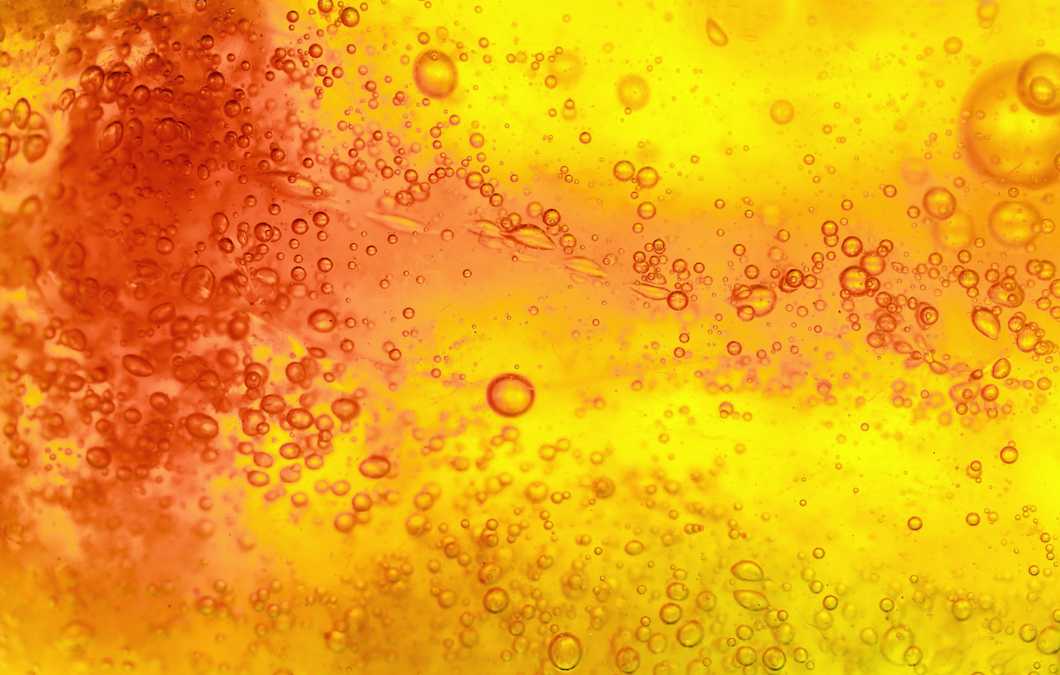Tensiometry
Tensiometry is a topic covering a variety of different non-destructive techniques for measuring physical properties such as interfacial tension, density, and contact angles. Tensiometric analysis can be used to study the surface tension of liquid sample materials, coatings, and films.

Some of our tensiometry measurements
Oil repellency of textiles + hydrocarbon resistance test
Grease resistance of paper or board with the KIT test
Contact angle and surface energy
Prices excluding VAT.
- Fast turnaround times
- Personal service from method experts
- Competitive prices
- Result accuracy guarantee
What is tensiometry?
Tensiometry covers a variety of different methods for measuring interfacial tension and density. The choice of tensiometric analysis technique depends on the sample and the desired properties to be measured.
A force tensiometer is a great tool for studying the interactions between gas, liquid, and solid samples. For example, it can measure surface tensions based on the tensile force with reference to the wetted length that occurs after a measuring probe is immersed in a liquid. In the Wilhelmy plate method, a special plate made of roughened platinum is used.
A Du Noüy ring tensiometer can be used to measure surface tension between a liquid and a gas or interfacial tension between two liquids. As the name suggests, a special kind of ring is immersed in the liquid and as it is slowly being pulled out, tension is measured. The same applies to interfacial tension measurements with two liquids.
An example of a more modern optical tensiometry analysis is the oscillating pendant drop method. In this method, pendant drops of a liquid sample are created by a syringe. Once the drops have been created, the syringe is used to periodically increase and decrease the sizes of the drops. A high-quality camera is used to measure the changes in the drop shapes. The oscillating pendant drop method is often used when studying food emulsifiers and stabilizers. The oscillating pendant drop method requires only a small amount of sample, which makes it quite optimal when studying very expensive samples.
Due to the wide spectrum of different methods and controllable variables, tensiometry analysis can be tailored to suit very specific needs in various uses.
What is tensiometry used for?
Tensiometry is used for measuring the surface tension of a liquid, determining interfacial tensions between two liquids, and measuring the densities of liquids, solids, and gases. Tensiometric analysis methods can also be used for measuring surface and interfacial viscoelasticities, contact angles, sedimentation, and adhesion.
Sample requirements and preparation
Tensiometric analysis methods are non-destructible and often require very little to no sample preparation. The required amount of sample depends on the method. For example, a surface tension measurement often requires a minimum sample size of 20 milliliters. However, some methods only require a very small amount of sample, such as the oscillating pendant drop method.
Need a tensiometric analysis?
Measurlabs offers high-quality tensiometry measurements for various sample types. We process even large sample batches with speed, precision, and quality, enabling you to get the insights you need without unnecessary delays. Reach out to us using the form below to request a quote and we will get back to you latest the next business day.
Suitable sample matrices
- Liquids
- Coatings
- Films
- Fibers
- Powders
Ideal uses of tensiometry
- Surface and interfacial tension measurements
- Investigation of hydrophilic and hydrophobic properties
- Determination of sample purity (can be combined with other methods)
- Quality control
Ask for an offer
Fill in the form, and we'll reply in one business day.
Have questions or need help? Email us at info@measurlabs.com or call our sales team.
Frequently asked questions
Tensiometry is used for measuring the surface tension of a liquid, determining interfacial tensions between two liquids, and measuring the densities of liquids, solids and gases. Tensiometric methods can also be used for measuring surface and interfacial viscoelasticities, contact angles, sedimentation and adhesion.
Tensiometry can be used to suit very different uses and has a lot of controllable variables, which means it requires a lot of expertise when choosing the testing parameters. Sample-wise, tensiometry is not suitable for strong acids.
Liquids, coatings, films, fibers and powders are suitable for tensiometric analyses.
Measurlabs offers a variety of laboratory analyses for product developers and quality managers. We perform some of the analyses in our own lab, but mostly we outsource them to carefully selected partner laboratories. This way we can send each sample to the lab that is best suited for the purpose, and offer high-quality analyses with more than a thousand different methods to our clients.
When you contact us through our contact form or by email, one of our specialists will take ownership of your case and answer your query. You get an offer with all the necessary details about the analysis, and can send your samples to the indicated address. We will then take care of sending your samples to the correct laboratories and write a clear report on the results for you.
Samples are usually delivered to our laboratory via courier. Contact us for further details before sending samples.